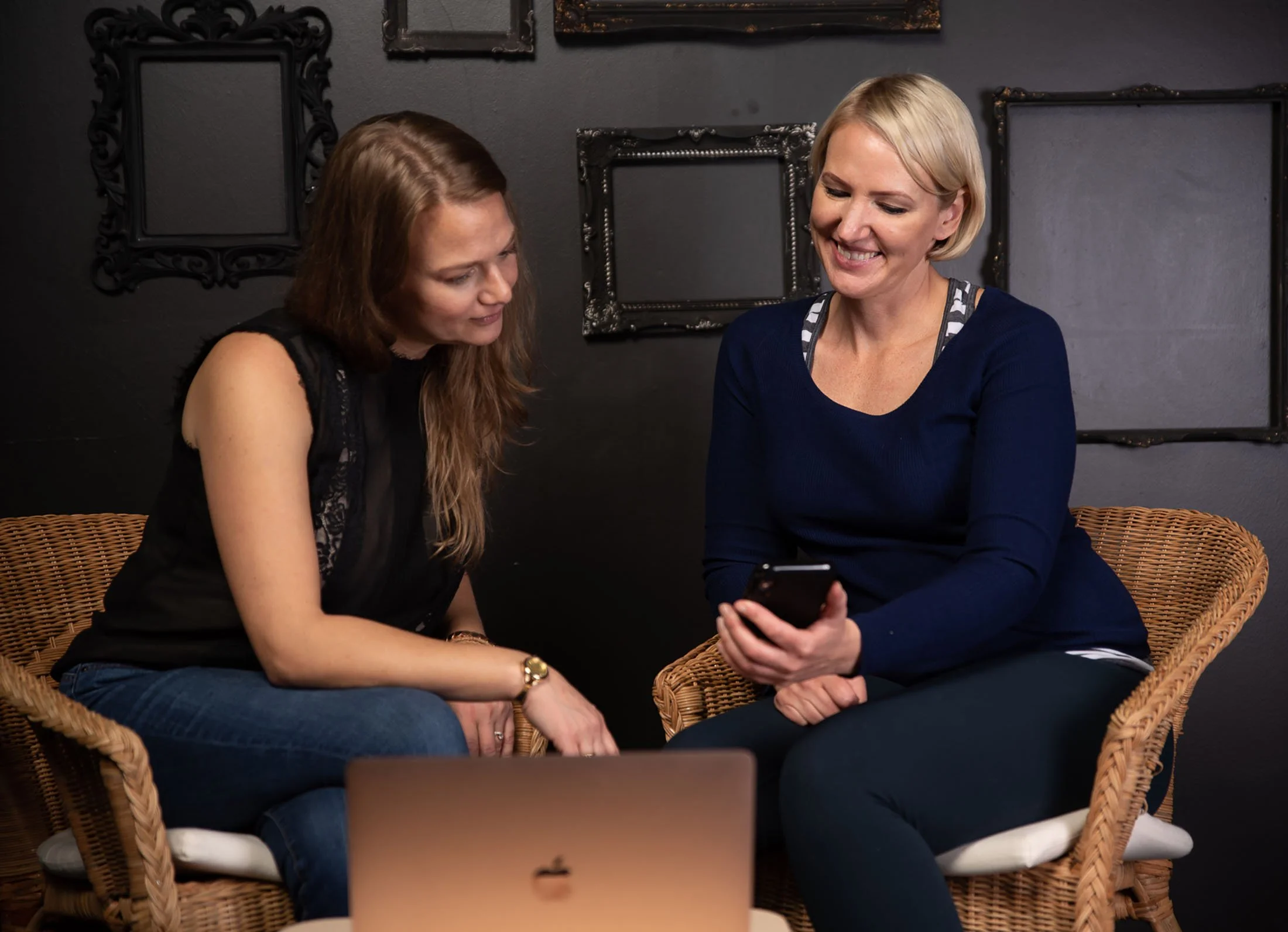Heal with Julie
Not only can trauma be healed but with appropriate guidance and support, it can be transformative...
Peter Levine

Eye Movement Desensitization and Reprocessing (EMDR)
EMDR has been extensively researched over the last 30 years and proven effective to help people recover from symptoms of PTSD, grief, depression, performance anxiety, panic attacks stress, pain, addictions, physical and sexual abuse.
EMDR is very different from talk therapy. You don’t even need to talk about whatever is distressing you because it’s your brain that does all the healing. The certified EMDR therapist is trained to harness your natural capacity to heal.
How? Your brain is wired to recover from traumatic memories and events. This natural capacity involves communication between the amygdala (the alarm bell that sounds when danger is afoot), the hippocampus (the storage area that remembers cues about safety and danger), and the prefrontal cortex (the ‘computer’ that makes decisions about how you think feel and act). This team meeting happens during REM sleep. But just like you might need stitches to heal, sometimes you need EMDR to heal.
Why? If you experience an overwhelming event, or persistent overwhelming events or if you lacked adequate help, then your REM sleep is affected and your brain will not have that team meeting. So your nervous system’s response (fight, fight, freeze, submit, collapse, fawn) may get stuck or ‘frozen in time’. Which means that all the wealth of information you’ve learned over the years doesn’t upgrade the trauma. That’s when you notice you’re responding to a situation in your present life because you’re brain is using old software from a trauma from years ago thinking it’s still in danger. Very frustrating…
EMDR helps with accessing these ‘frozen in time’ trauma cues (sights, sounds, sensations, thoughts, emotions) when you’re in the safety of a trained therapists office so that your brain can upgrade it’s software, enabling healing to resume.
EMDR 2.0 focuses on taxing your short term memory so that your brain’s trauma response doesn’t get in the way when EMDR is trying to upgrade it’s software (like dissociating when a trauma memory is activated). EMDR 2.0 is similar to traditional EMDR therapy but you are way more engaged when thinking of a trauma memory. You might be: standing and doing the grapevine while tapping up and down your arms while looking left to right following the therapists fingers while spelling or doing math.
Why? Your brain has been “white knuckling” the trauma so hard for so long that when you juggle the memory and many other things all at once, you’re brain will drop the memory. And when it goes back into long term memory, it’s stored differently. After EMDR, you have your memories but without the distress. Thank you neuroplasticity!

Has EDMR been of benefit to you?
Share your testimony of how Journey With Julie has helped your healing journey.

EMDR Consultation for Therapists
Consultation involves receiving guidance and feedback about how you’re using EMDR Therapy with your clients so you can feel more confident and effective.
Let’s face it, once you finish EMDR basic training, your brain is full to the brim of knowledge and it may be difficult to know where to start. You might even feel afraid to use EMDR therapy with your clients (especially those with complex trauma) because you don’t want to make a mistake and hurt rather than help them.
My job as a consultant is to ensure you understand the 8 phase, 3 prong approach so that you can modify it to respond to your client’s unique needs: safely and effectively. Whether you are interested in honing your skills or pursuing certification, consultation is offered individually or in small groups.
Consultation supports you in finding clarity when complex trauma symptoms are presented so you can develop an effective treatment plan. It can also support you in feeling more confident in applying stabilizing practices when dissociation is present or when emotional and somatic literacy is low so you can feel confident in moving forward with reprocessing.
Consultation also supports you in effectively activating trauma memories so clients are able to access the trauma memory in order to have an effective desensitization phase. And it can offer you options when reprocessing is stuck or looping like taxing working memory, using modified approaches like EMD/EMDr and using process or cognitive interweaves to get reprocessing phases moving again.

Trauma Centre Trauma Sensitive Yoga (TCTSY)
When you are overwhelmed by trauma, your body can disconnect from its physical sensations so it doesn’t have to feel the pain. Over time, you lose awareness or perception of sensations from within your body (interoception).
As Bessel van der Kolk described in his book, The Body Keeps the Score, yoga is a way to learn to inhabit your body after trauma.
TCTSY offers you opportunities to be in charge of yourself based on a felt sense of your own body. Using modified yoga forms, you are invited to move your body, you have the option to notice your body in those different forms, and you have the option to make a choice with what to do with your body.
TCTSY is helpful for when you feel disconnected or dissociated from your body most of the time. It is helpful for when you feel resistant to connect with yourself and with others. TCTSY can be helpful as a form of stabilize before reprocessing trauma with EMDR.
The focus is on your internal experience rather than the external experience and thus rebuilds your ‘interoception’. By focusing on the felt sense of your body to inform the choices you make with your body, TCTSY allows you to restore your connection of mind and body and cultivate a sense of agency that is often compromised as a result of trauma. As a result, you feel more positive and empowered in their body, mind, and life.
TCTSY is extensively researched and has foundations in Trauma Theory, Attachment Theory, and Neuroscience.

Has TCTSY been of benefit to you?
Share your testimony of how Journey With Julie has helped your healing journey.
Experiment with these therapies
for FREE
Why wait to feel better?
Start now with these 3 guided audio practices.
FAQs
-
TCTSY - $100/hour plus GST
Life & Spiritual Coaching $120/hour plus GST
EMDR Therapy for clients $140/hour plus GST
EMDR Therapy Consultation for therapists $160/hour plus GST
-
Clients can choose to pay via credit card or etransfer for their appointments.
-
I offer appointments Monday-Friday with options in the morning, afternoon, and evening.
-
I support clients who are struggling with complex PTSD, PTSD, anxiety, depression, chronic pain, grief, conflict in relationships, stress, performance, infertility, addictions, and more. To clarify, feel free to schedule a free consultation
-
I offer free 15 minute consultations so potential clients can get a sense of who I am, if they feel comfortable with me, and if they think I can help them.
In the intake session, I learn about you, we figure out your goals, and we create an understanding of how I can help you achieve them. I guide you through coping strategies so you can walk away feeling relieved, validated, hopeful, and equipped to deal with your struggles a little bit more than when you arrived.
Depending on how you are stuck and what your goals are, I might offer TCTSY, EMDR, or Coaching for you to choose or a combination of them in order to meet your goals.
-
In TCTSY, the focus is on you being in charge of your body, choosing if, when, or how to move your body based on what you notice (or not) from inside of your body rather than what it looks like from the outside and forcing your body to move in ways that are not available to you. The purpose of TCTSY is to cultivate a more positive relationship with your body.
TCTSY can be practiced sitting in your chair, standing, or lying on the carpet or a yoga matt. It might be practiced for 5-15 minutes or longer, depending on what you choose.
I offer TCTSY as a choice for clients who feel numb or dissociated from their body to connect with and notice themselves in order to proceed with EMDR Therapy to reprocess trauma.


